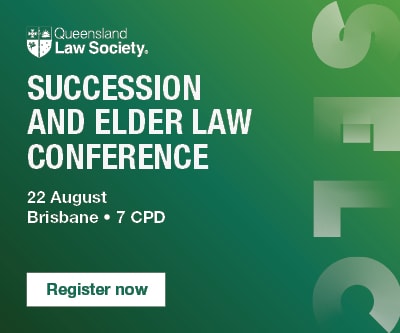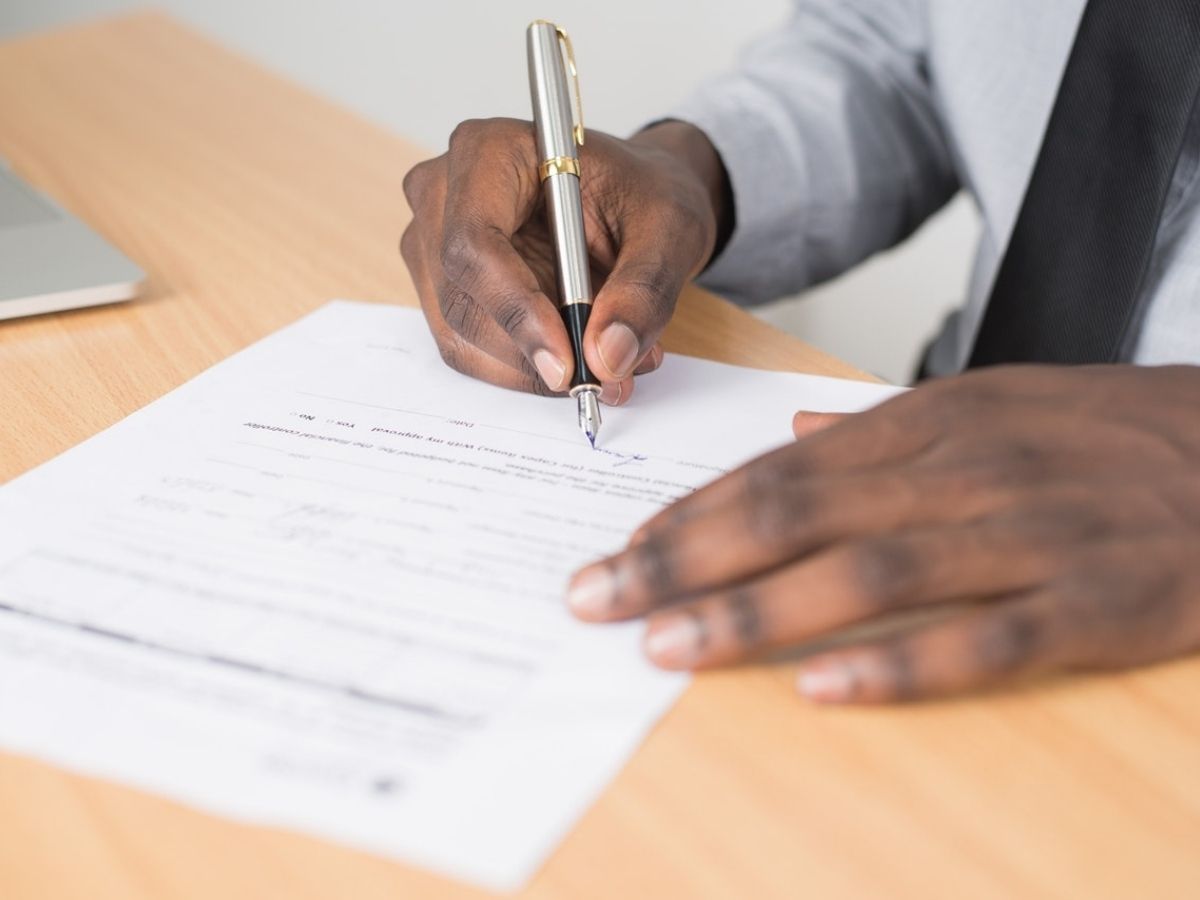This is the start of our Legal How-To series for Early Career Lawyers. Let’s kick it off with a highly-requested one: How to prepare an affidavit. Originally written by the Honourable Kylie Downes QC for Proctor, this three-part explainer outlines everything you need to know about writing an affidavit. Find part one here.
An affidavit is one means by which your client might seek to adduce evidence in its case.
In most jurisdictions the rules of evidence apply, which means that the affidavit must comply with those rules before it can be admitted into evidence. This article addresses some of the common issues which arise with the admissibility and presentation of affidavits.
Rule 1: Every statement in the affidavit must be relevant.
To comply with this rule, you must understand the relevance of the deponent’s evidence to the case.
For example, if the affidavit is to be used in an interlocutory hearing, the evidence in the affidavit should be relevant to the relief which is sought. For example, a letter from your firm complaining about inadequate particulars is unlikely to be relevant to a disclosure application.
If the affidavit is to be used in a trial, you will need to identify the issues on the pleadings to which the witness’ evidence relates. To successfully resolve this, you must:
- have read the pleadings or relevant parts
- have identified the facts in issue (that is, the facts which are in dispute between the parties based on the pleadings or which are relevant to the relief being sought)
- have answered this question in the affirmative – does the evidence I propose to put in this affidavit tend to prove or disprove a fact in issue? If yes, it is likely to be relevant evidence.
Practical tip – Always have the pleadings on your desk and open at the relevant section when drawing the affidavit. Constantly double-check the relevance of what you are drafting against the pleadings.
Rule 2: Every statement in the affidavit must be admissible evidence.
To comply, you must be familiar with the rules of evidence, including relevant legislation, which operate in the jurisdiction in which the affidavit will be filed.
As a general rule, the deponent can only swear to what they perceived. When drafting the affidavit, ask: is the witness deposing to what they (personally) saw or heard (for example)? Or are they (in truth) speculating about what happened or deposing to what someone else told them about what happened?
What the witness saw – if relevant, this evidence will be admissible.
What the witness thinks or believes – Generally, a witness cannot express an opinion or depose as to what they thought or believed at an earlier time or what they think or believe now.
In particular, a witness cannot depose as to their view as to why a party is making a claim or why a witness has given certain evidence.
Common exceptions include:
- a case in which a party must prove they believed certain things as a result of representations made by another person and that they relied on the representations
- opinion evidence given by an expert or (in limited circumstances) a lay witness.
What the witness said – In general, there are two exclusionary rules of evidence which operate in connection with a witness who wishes to depose to what they said on another occasion. These are:
Rule against previous consistent statements: A witness cannot, as a general rule, give evidence of what they said on a previous occasion for the purpose of showing that their present evidence is consistent with their earlier statement and they therefore ought to be believed.
For example, if the dispute concerns what parties said during contractual negotiations, Gordon can state in his affidavit, “I said ‘I agree to your terms provided you pay me by next week,’ and Liz said, ‘OK, no problem’.”
As a general rule, Gordon cannot state the following in his affidavit if the purpose is to show that his evidence about what occurred at the meeting is credible:
“After the meeting with Liz, I spoke to John at the pub and told him, ‘I spoke to Liz today and she agreed to pay me by next week. Isn’t that great!’.”
The reasoning for excluding such evidence includes:
- Liars, especially accomplished ones, could easily perpetrate and perpetuate a false account from an early stage.
- The earlier consistent statement will have been made in uncontrolled conditions as the maker of the statement was not under oath, not liable to be cross-examined on the truth or accuracy of the statement, and the judge had no opportunity to assess the witness’ demeanour.
- The avoidance of multiplicity of issues – were such evidence to be admitted, other evidence could theoretically be called to rebut the evidence that the earlier consistent statement was made.
Rule against hearsay: As a general rule, a witness cannot give evidence of their own statement which was made out of court (the present proceedings) and which is being tendered to prove the truth of the contents of the statement.
There is a common misconception that, to be hearsay, the witness must be repeating what they heard someone else say. However, if a witness seeks to depose to their own earlier statement and the purpose of tendering the evidence of that earlier statement is to prove the truth of any part of that statement (as a matter of fact), then the evidence of the earlier statement is inadmissible hearsay.
For example, assume a fact in issue in a case is whether or not Sylvia sent a certain letter to James on February 12. You are asked to draw Sylvia’s affidavit. Her statement reads:
“I posted the letter to James at the registered office of his company on the afternoon of February 12. In the week after I posted the letter to James, I sent a letter to my solicitors which said: ‘Please be advised that on 12 February, I sent a letter to James c/o his company and am now awaiting his response.’”
The letter by Sylvia to her solicitors appears to be an out-of-court statement which is being tendered to prove a certain letter was sent to James on a certain date – that is, it is being tendered to prove the truth of the content of the statement. What else is its purpose?
What the witness heard – Again, the rule against hearsay needs to be considered if the witness is deposing as to what they heard someone else say.
Questions to ask: Was the statement made outside the present proceedings? If yes, then:
- What are the facts contained in the statement?
- Example: proposed evidence of John: “Gordon told me that he and Liz had meeting at the building site at 1pm on Thursday.” Facts within the statement: Gordon and Liz had a meeting. Where: at the building site. When: at 1pm on Thursday.
- Am I seeking to tender this evidence to prove any of the facts in the statement (directly or indirectly)? If so, it is hearsay.
- Example above: John cannot depose to what Gordon told him if your client is seeking to prove by this evidence that: a meeting was held between Liz and Gordon; that it was held at the building site or that it was held at 1 pm on Thursday.
All of these examples render John’s evidence inadmissible hearsay. Remember: it is not the fact that the witness is deposing to what someone else has said that makes it hearsay. It is the reason that you are seeking to tender the evidence which makes it hearsay.
It is important to note that:
- There are numerous exceptions to the hearsay rule, including those which may be provided by legislation which applies to the court in which you are appearing. If you wish to rely on an exception provided by legislation, ensure that the statutory requirements are able to be satisfied.
- Civil courts are more relaxed than criminal courts about adherence to the rules of evidence.
- Even if the evidence is allowed, courts tend to give less weight to hearsay evidence.
Rule 3: Put all statements in direct language and avoid conclusions.
For example, if the witness’ evidence is that they made an oral promise, the affidavit should read: “I then said to Andrew, ‘I agree to pay you tomorrow’,” rather than “I then agreed to pay Andrew tomorrow” or “I then agreed to Andrew’s terms” or “We then reached an oral agreement”.
Rule 4: Be concise, not verbose.
State the evidence concisely, then stop or you may include irrelevant or self-contradictory
evidence.
Rule 5: Have only one idea per paragraph.
To put it another way, avoid paragraphs in an affidavit which span several pages and have numerous sub-paragraphs.
Rule 6: Use sub-headings throughout to denote different topics within the witness’ evidence.
Doing this in an affidavit assists the court and your client’s counsel.
Rule 7: Put each statement into context.
For example, include information about the date, place, other people present.
If it is not obvious how a witness knows a fact, include an explanation of this.
Rule 8: Relate events chronologically.
Subject to Rule 14.
Rule 9: Do not include argumentative statements or submissions.
The judge will pay no attention to them and will probably regard the witness as being partial and less credible as a consequence.
Rule 10: Exhibits must be properly proved.
The deponent must be the appropriate person to prove the document which is exhibited to their affidavit.
To answer this, ask: if the deponent was giving oral evidence, would I be able to tender the document through the witness? If the answer is ‘no’, then find the correct person to swear an affidavit and exhibit the document to their affidavit.
Rule 11: Avoid big bundles of disparate documents marked as one exhibit.
Rule 12: Properly brief your witness about their evidence before the affidavit is executed and tendered.
This includes a discussion with your witness about:
- the fact that the witness is swearing to facts on oath or affirmation, what this means and the consequences of false testimony
- the likelihood the witness will be cross-examined about the content of the affidavit and what this will entail. This is your opportunity to test the witness and understand how they are able to give the evidence which they wish to give, and
- whether the witness agrees with the content of the draft affidavit or what changes they wish to make.
Rule 13: Comply with the rules of court as to format.
Rule 14: Present the information with the greatest impact first, leaving minor issues to the end.
Rule 15: Use the witness’ own words.
Do not alter the manner or style by which the witness communicates information.
The affidavit will be virtually worthless if it reads likely every other affidavit tendered as part of your case (because it is your voice in all of them and not each witness); or it is revealed during cross-examination that the witness does not know the meaning of a word in their own affidavit.
Conclusion
An affidavit provides an opportunity to present a witness’ evidence in a manner which is, in its highest form, cogent and persuasive. Preparing such an affidavit involves more than copying the witness’ statement into an affidavit template. It requires consideration of and adherence to the rules of evidence and a thorough understanding of the relevance of the evidence in the affidavit to the case.
You can find part 3 here.

